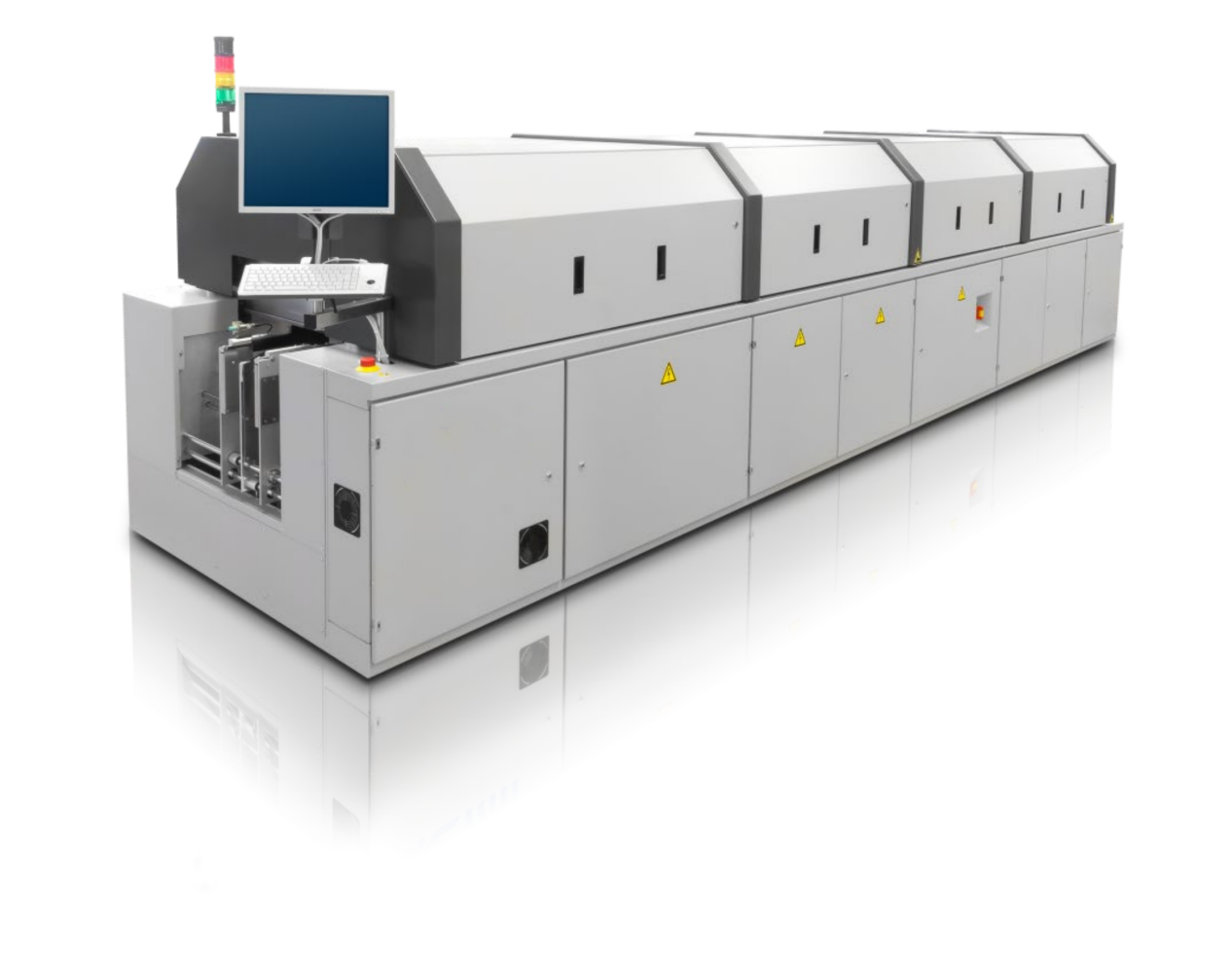The principle and characteristics of vacuum reflow soldering
Release time:2024-05-22Publisher:Jeenoce
Background of vacuum reflow soldering technology: The development of electronic technology has made electronic components smaller and smaller, with higher power and higher integration of chips. The application of BGA, CSP, QFN and other components in packaging of products such as semiconductors, high-power LEDs, IGBTs, communications, medical devices, automotive electronics, smartphones, military and aerospace is increasing. These products have higher requirements for surface mounting and welding quality of components, and continuous improvement and optimization of SMT welding processes are needed to improve product reliability through high-quality welding. Vacuum reflow soldering can meet the high requirements of SMT surface mount and welding processing, and is another innovative technology after nitrogen reflow soldering.
After traditional SMT chip soldering, some voids will remain in the solder joints of the device. The reason for the formation of voids is due to the residual gas in the melted solder during soldering. When the solder melts and solidifies after cooling, the gas is solidified in the solder to form voids. The packaging forms currently used in high-end electronic products such as BGA, CPS, QF, and LGA are characterized by high device power consumption and high requirements for heat dissipation performance, while solder pad voids can affect product reliability.

The characteristics of vacuum reflow soldering:
Vacuum reflow soldering vacuums the welding area to prevent the generation of welding bubbles. The heating zone, insulation zone, and cooling zone are non vacuum;
The heat capacity of vacuum reflow soldering is relatively large, and the surface temperature difference of PCB boards is very small;
The maximum welding temperature can reach 450 degrees, meeting all process requirements for SMT welding;
SMT patch welding needs to be carried out with the help of low activity flux;
The temperature control system of the vacuum furnace can be programmed independently, and the process curve setting is convenient.
Equipped with four sets of online temperature measurement functions, it can accurately measure the temperature uniformity of the welding area;
The use of water-cooled cooling technology can achieve rapid cooling effects;
Vacuum reflow soldering, also known as vacuum furnace, is a technique for soldering SMT components in a vacuum environment. Unlike traditional reflow soldering, vacuum reflow soldering creates a vacuum environment in the later stage of the product entering the reflow zone, reducing the atmospheric pressure to below (500pa) and maintaining it for a certain period of time. At this time, the solder joint is in a molten state, while the surrounding environment of the solder joint is close to a vacuum state. Under the pressure difference between the inside and outside of the solder joint, bubbles inside the solder joint can easily overflow from the solder, greatly reducing the porosity of the solder joint. Because high-power components need to transfer current and heat energy through solder pads, reducing the porosity of solder joints can fundamentally improve the reliability of components. Vacuum reflow soldering can also effectively reduce oxidation by mixing with hydrogen and other reducing gases.

